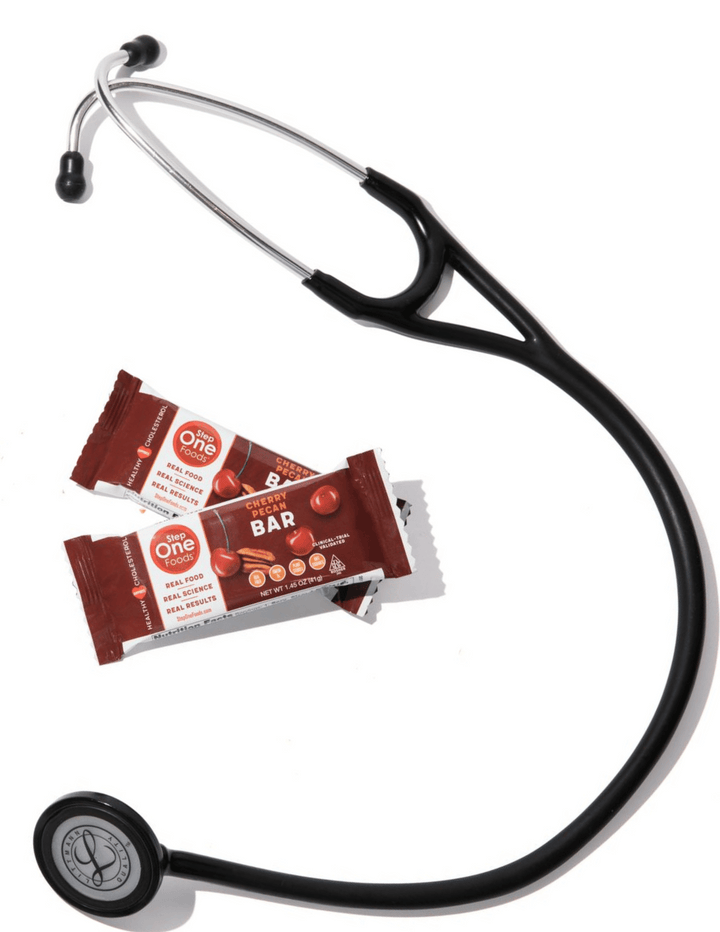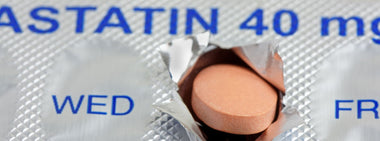What does an organic label mean?

You’d think that question would have a simple answer. But you’d be wrong.
Turns out there are different “levels” of “organic” ingredients within foods, resulting in a variety of packaging callouts. The U.S. Department of Agriculture (yes, in this case it’s the USDA, not the FDA, that regulates labels) certifies “organic” foods with three different labels: A green “100% USDA Organic” label signals that all the ingredients in the product are certified organic. A “USDA Organic” label means that 95 percent of the ingredients are certified organic. And “Made with Organic ______” means that the listed ingredients are organic.
New rules are cracking down on the enforcement of the systems behind these labels, meaning that you’ll be able to better trust that products with the labels do not contain toxic pesticides, synthetic nitrogen fertilizers, antibiotics, hormones or genetic engineering -- even if they’re imported. According to the USDA, the new rules are designed to bolster farmer and consumer confidence in the USDA organic seal “by supporting strong organic control systems, improving farm to market traceability, increasing import oversight authority, and providing robust enforcement of the organic regulations.”
These are not small tweaks to existing rules. According to the Organic Trade Association, the changes represent the largest revision to the organic standards since they were initially published more than 20 years ago. And as of March 2024, all companies will have to be up-to-date on these new requirements.
This is obviously all great for the consumer. Ensuring that the whole supply chain, even brokers and handlers, are adhering to organic standards eliminates a lot of loopholes in the present system. However, it does not eliminate the biggest loophole of all: Organic does not necessarily mean it’s healthier. If it were up to me, I would mandate the placement of that disclaimer on any packaged food product (that’s made with more than one ingredient) awarded the organic seal.
Ice cream, potato chips and cookies can all be made with 100% organic ingredients. But organic sugar and organic butter have the same effects inside our bodies as non-organic sugar and butter. Sure, that organic strawberry swirl frozen treat might not contain artificial food dyes, but that doesn’t make it a smart snack or “better-for-you” dessert. In a head-to-head matchup, slices of whole fruit like apple or mango win out every time – even if they’re not organic.
Now, if you’re already in the produce aisle, organic fruits and veggies are probably a better choice over conventional. But not THAT much better. And given the price differential, it might not be practical to purchase only organic items. I try to make sure that the berries, leafy greens and herbs that hit my grocery cart come from the organic section. Otherwise, I go by the overall quality of the item. If conventional bananas are still somewhat green and the organic ones are clearly ripe, I go for the conventional ones (because I don’t like super-ripe bananas). If it’s the organic ones that are the greenish ones, I get those.
I also try to shop in season and favor local produce. Transporting leafy greens across the country in plastic containers in the back of a diesel-powered truck likely introduces some unknowns into the health effects of the lettuce leaves. Locally grown apples are more likely to be picked when naturally ripe, rather than partially ripe in anticipation of the long journey to the end-consumer.
Finally, it’s important to point out that foods can certainly be organic but not carry the label. Getting that seal of approval is a pricey and complicated endeavor, and if you’re running a small farm by yourself, you might decide it’s not worth the expense or hassle.
Ultimately, I always find I come back to the same thing – food is complicated. And focusing on one thing (whether that’s an organic label, protein content or sugar grams) can be so reductionist as to miss important information and attributes. In the end, the health effects of food are never driven by one characteristic. Rather, it’s the overall quality that matters. Which is why, at Step One Foods, we obsess about the quality of every ingredient in every product. Our ingredients might not be all organic but a green label is not what makes our products special or healthy. What does is the clinically meaningful levels of whole food fiber, omega 3 fatty acids, plant sterols and antioxidants delivered in every serving. And the fact that we’ve proven our foods work to help lower cholesterol.
Unfortunately, there’s no USDA seal for that.

Tested & Proven Results.
- Cardiologist formulated
- Supported by over 500 publications
- Clinically-proven, in a double-blind randomized trial with Mayo Clinic and The University of Manitoba
80% of participants lowered their cholesterol in just 30 days. With just two servings per day, Step One Foods offers a proven-effective way to naturally lower LDL (bad) cholesterol.
Get heart health tips and articles like this, delivered right to your email.
New articles every week.
You may also like...

Insulin Resistance, Prediabetes and Type 2 Diabetes. Part 3: Fat in All the Wrong Places

Insulin Resistance, Prediabetes and Type 2 Diabetes. Part 2: Chronic Calorie Excess

You don’t need to avoid foods with cholesterol…except for these


